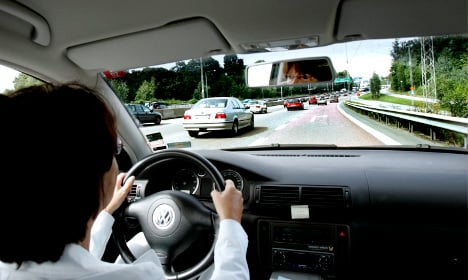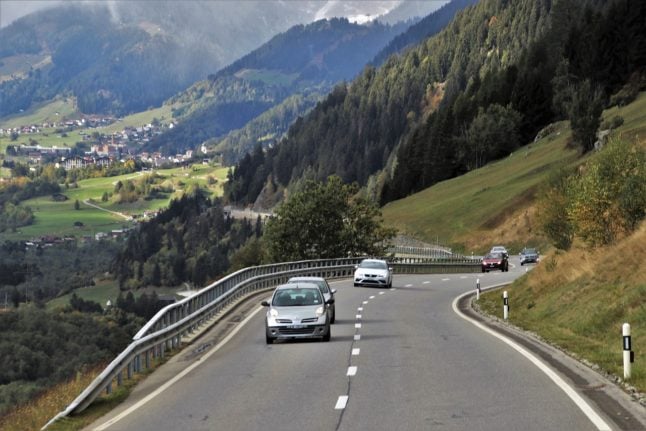The study by pollsters Sifo also revealed that only 17 percent of Swedish couples share driving duties equally.
One explanation for the phenomenon could be the lasting legacy from earlier generations: 72 percent of the people who took part said their fathers drove when they were growing up.
According to Swedish road safety organization NTF, a greater balance in driving duties could improve driver safety.
“If you switch drivers more often then both partners get more driving time and more experience. A greater sharing of driving duties can create safer conditions and less fatigue on longer trips,” NTF chairperson Monica Green said in a press release.
The road safety organization has now launched a campaign alongside car manufacturer Ford to try to promote gender equality behind the wheel, and even argues that women are more risk conscious than men when driving.
In the Sifo survey of drivers meanwhile, 41 percent of participants said they believe women are better drivers. By comparison, only ten percent said they thought men were.
Along with driving, there are other areas where Sweden may not be quite as far ahead in the equality stakes as some would presume.
Last week, a study on the gender pay gap showed that inequality in pay between men and women in the Nordic country is at a level close to the European average, and Sweden is significantly more unequal in that regard than countries like Slovenia.
The Swedish government has even set up a new agency this year tasked with achieving a gender equal society.




 Please whitelist us to continue reading.
Please whitelist us to continue reading.